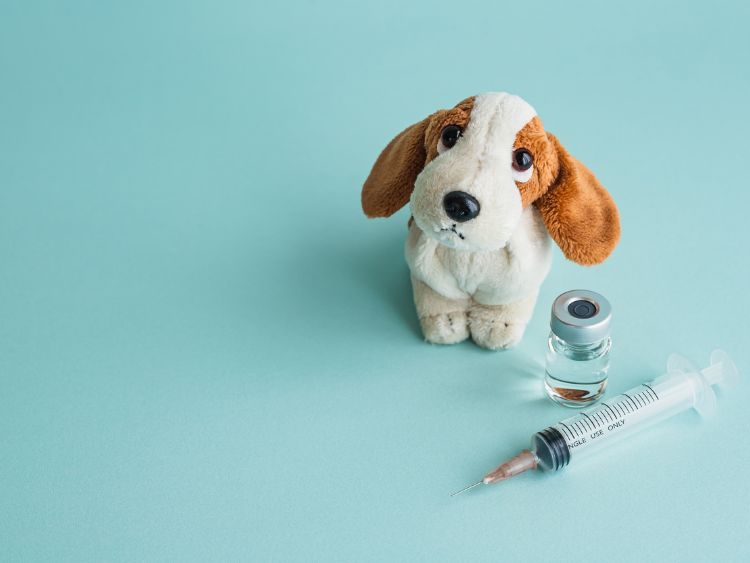In the bustling world of pet care, ensuring the health and happiness of our furry friends is always top of the list. One pivotal aspect of responsible pet ownership is considering spay services. Now, you might be scratching your head, wondering, “What’s all the fuss about?” Well, buckle up! We’re diving deep into the nitty-gritty of spay services, unraveling why they’re not just a fancy term but a crucial part of your pet’s health and well-being.
What Are Spay Services?
Spay services involve the surgical removal of a female animal’s reproductive organs. It’s a straightforward procedure with a mountain of benefits, not just for your pet but for the community at large. Now, let’s cut to the chase and explore why spaying your pet isn’t just a good deed but a game-changer.
Why Spay Your Pet?
- Health Benefits Galore: Spaying offers a treasure trove of health benefits, significantly reducing the risk of certain cancers and infections.
- Behavior Bonanza: Say goodbye to the midnight howls and unwelcome escapades. Spaying often leads to better behavior in pets.
- Population Control: It’s no secret that pet overpopulation is a pressing issue. Spaying your pet contributes to a solution, helping to reduce the number of homeless animals.
Navigating the World of Spay Services
Finding the Right Vet
Choosing the right vet for spay services is akin to finding a needle in a haystack. It’s crucial, yet daunting. Here’s a quick checklist to ease the process:
- Certifications and Experience: Ensure the vet has a solid track record.
- Facilities: A well-equipped clinic is a good indicator of quality services.
- Reviews and References: Nothing beats good ol’ word-of-mouth.
Pre-Surgery Tips
Before your pet goes under the knife, there are a few boxes you’ll need to tick:
- Fasting: A must-do to prevent any complications during the procedure.
- Pre-surgery Check-up: This helps ensure your pet is fit as a fiddle for the surgery.
If you need a reliable pet taxi company to safely transport your pet to and from the veterinary clinic for spay services, consider using Shiply for stress-free travel.
Post-Surgery Care
After the surgery, your pet will need some TLC. Here’s how to ensure a smooth recovery:
- Rest and Recuperation: Keep your pet calm and comfortable.
- Follow-up Visits: Essential for monitoring the healing process.
- Pain Management: Your vet will provide guidelines on how to keep your pet comfortable.
FAQs
Q: Is spaying safe? A: Absolutely! Spay services are common and safe procedures with minimal risks.
Q: At what age should I spay my pet? A: Generally, it’s recommended to spay pets before their first heat, around six to nine months. However, consult with your vet for the best advice.
Q: How long does recovery take? A: Recovery times vary, but most pets bounce back within a couple of weeks.
Summary
Spay services are more than just a procedure; they’re a cornerstone of responsible pet ownership. From bolstering your pet’s health to contributing to the larger cause of controlling the pet population, the benefits are immense. Remember, it’s not just about caring for your pet; it’s about making a positive impact on the wider animal community. So, consider spaying your pet—not just for their sake, but for the sake of a happier, healthier world for all animals.
